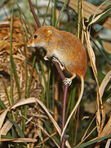 Llez, CC BY-SA 3.0 Llez, CC BY-SA 3.0 Micromys minutus is such a gorgeous name for these enchanting creatures - and very happily, it turns out they are alive and well and living on our Chairman Peter Shallcross's Wallmead Farm. Their nests are about the size of a tennis ball, and built into the stems of tough grasses and other flowers, usually about a foot up from the ground and often below brambly hedges or in reeds near round ponds. If you want to have a go at looking for nests yourself, there's a great website, Rushcliffe Wildlife, which has a lot of really useful information. Such as, if you want to go hunting, don't choose a bright, sunny day because you won't be able to see into the depths of brambles or grass. So our day was just perfect - cloudy but dry and not a breath of wind. After briefing by Peter Thomson (an advisor to the Game & Wildlife Conservation Trust, who will be giving the talk at our indoor meeting on 19 November), we set off in our group up onto the hilltop where the lapwing nest site is and the pond. We spent a very happy two hours bent double, poring over tussocks of likely-looking grass and occasionally giving a triumphant cry at sighting one of these incredibly difficult-to-spot nests - difficult even if they had been 'planted'. I'd love to see a female building - they hold the grass in their paws and tear it into narrow strips with their teeth, weaving from the inside out, pulling in new stems. A new nest is usually built for each litter, so the greener the nest, the more recent the breeding.
We tried to record where we'd found the nests, and although many had been 'planted' the teams together found several 'natural' ones. So we felt really good to have contributed in a small way to knowledge of wildlife in our area. To encourage us to best efforts, there were winners ie each team's finds were logged. Announcing the results, the organisers said, 'We were almost going to declare a tie as several groups had found a very similar number of nests (19!) but after some difficult deliberation we eventually declared as winner the team lead by Peter Thompson, as it was the one who found more green harvest mice nests (and without his help!). 'The winning team was composed by Vanessa Harriss, Izzy Arundell and Henry, and Beck Barber and Martha. The runner ups were Elizabeth Forbes' group with Kaitlin, Ebony, John and Rufus, and Izzy; and mine (Ines's) with Sadie Flower + family. Congratulations, well done all of you!' This was such fun. (Elizabeth Forbes) |
Young Nature Watch (YNW) is a branch of the Tisbury and District Natural History Society (T&DNHS).
YNW is free for under-21s! Young people always have priority at any of our activities but accompanying adults are required for under-12s. For adults, annual membership for the T&DNHS (£10) or a £2 fee per event (for non-members) is due. Download our annual programme below!
Join our mailing list to be the first to hear about our events! You can also follow us on:
YNW logo design by Izzy Fry.
Categories
All
Archives
May 2024
|
||||||
Proudly powered by Weebly
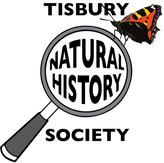


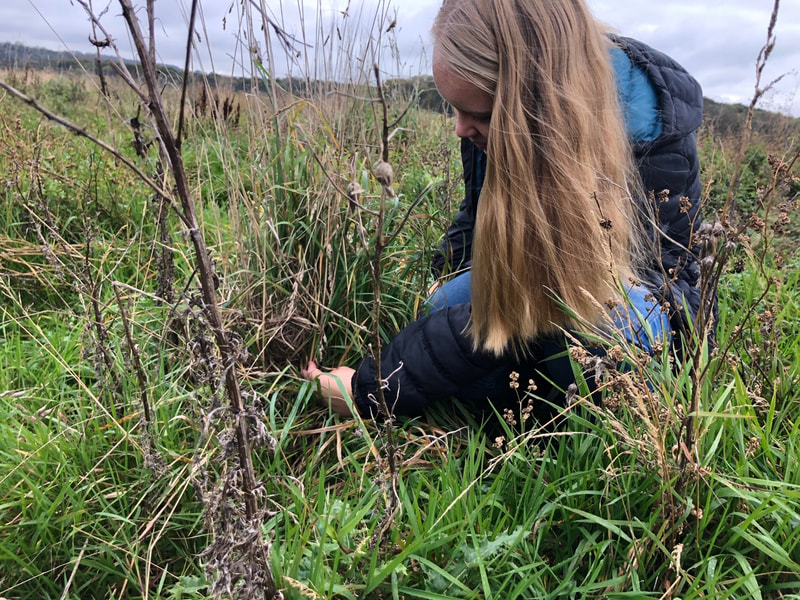
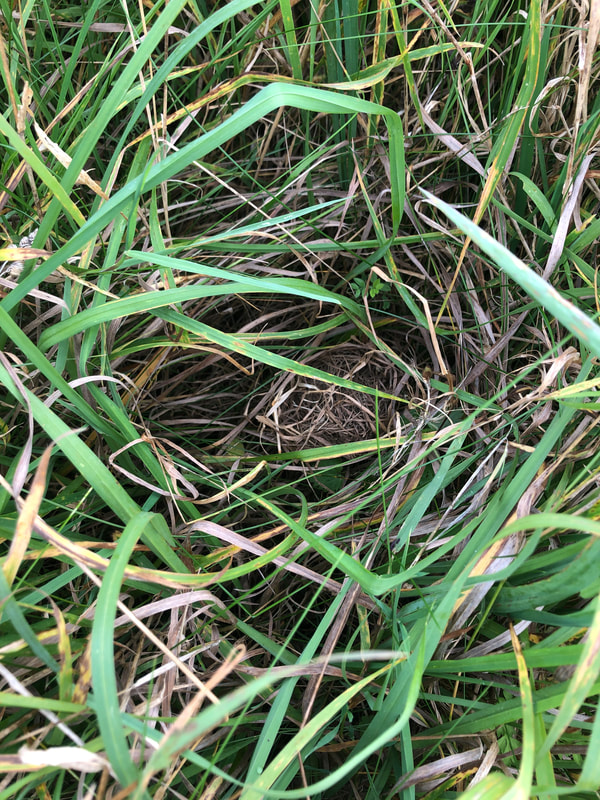
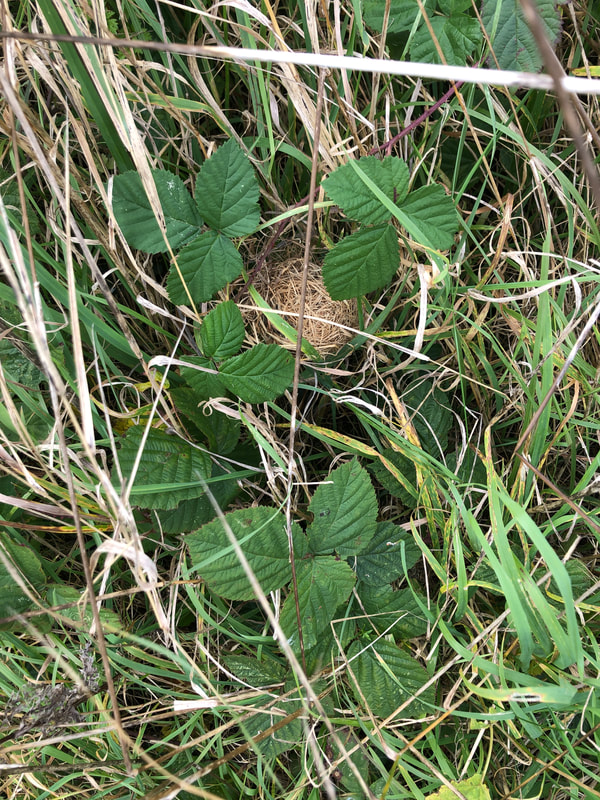
 RSS Feed
RSS Feed